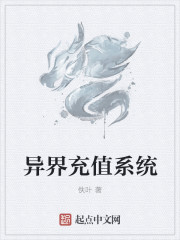
Korean, also known as Hangul, is the official language of both North and South Korea. It is a unique and fascinating language with a rich history and diverse culture. Here are some interesting facts and features of the Korean language:1. Korean is a language isolate, meaning it has no known relatives in the world. It is not related to any other language family, making it a truly distinct language.2. The Korean alphabet, known as Hangul, was created in the 15th century by King Sejong the Great. It consists of 24 letters, 14 consonants and 10 vowels, arranged in a systematic and logical order.3. Hangul is considered to be one of the most efficient and scientific writing systems in the world. It is easy to learn and use, with each letter representing a specific sound.4. Unlike Chinese characters or Japanese kanji, which are logographic scripts, Hangul is a phonetic alphabet. This means that each letter represents a sound, making it easier for learners to read and write.5. Korean has a unique honorifics system, which is used to show respect and politeness in speech. The honorifics are added to verbs and nouns to indicate the speaker's relationship to the listener.6. Korean is a subject-object-verb (SOV) language, meaning that the subject comes first, followed by the object and then the verb. This is different from English, which is a subject-verb-object (SVO) language.7. Korean has a system of speech levels, which are used to show politeness and formality in speech. There are seven different levels, ranging from formal to informal, depending on the social status and relationship between the speakers.8. Korean has a rich vocabulary, with many unique words and expressions that are not found in other languages. It has borrowed words from Chinese, Japanese, English, and other languages, but also has its own indigenous vocabulary.9. Korean has a complex system of verb conjugations, which are used to indicate tense, aspect, mood, and politeness. Verbs are conjugated according to various rules and patterns, which can be challenging for learners.10. Korean is a tonal language, with pitch playing a significant role in distinguishing between words and meanings. There are two different pitch accents in Korean, a high pitch and a low pitch, which can change the meaning of a word.Overall, Korean is a fascinating language with a rich history and culture. Whether you are interested in learning the language for travel, business, or personal reasons, studying Korean can be a rewarding and fulfilling experience. So why not give it a try and unlock the secrets of this unique and beautiful language?











